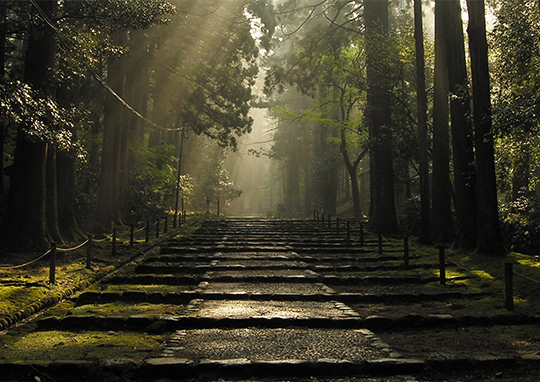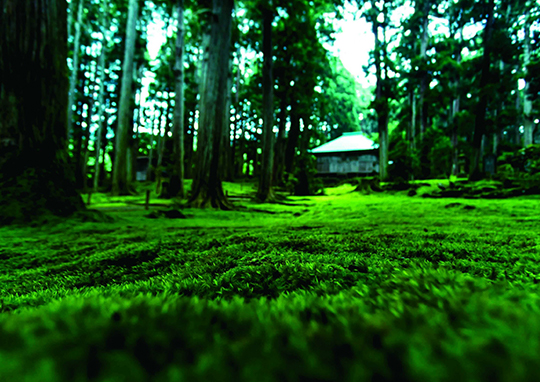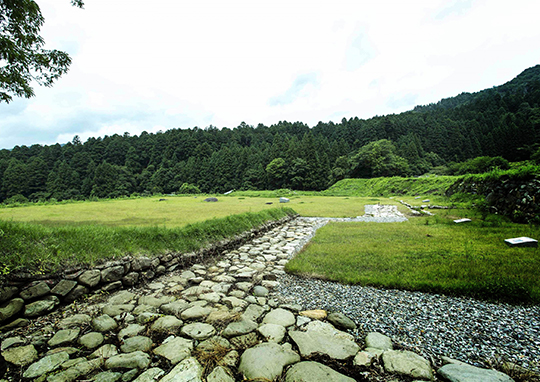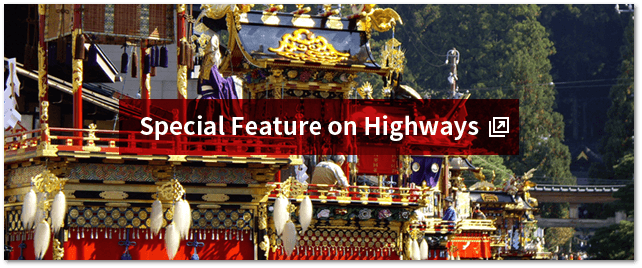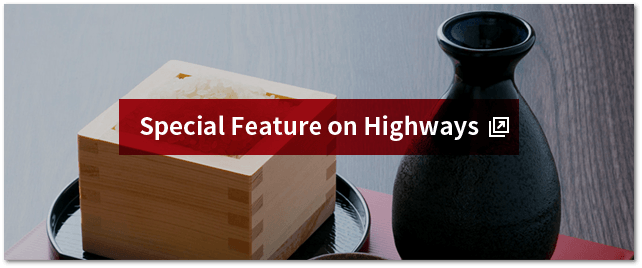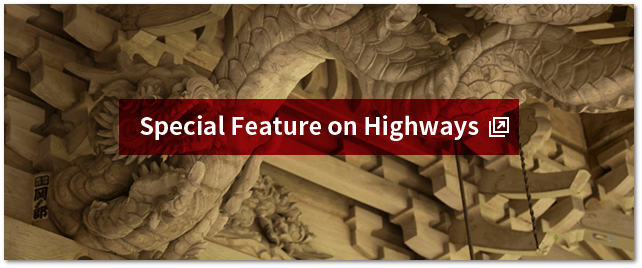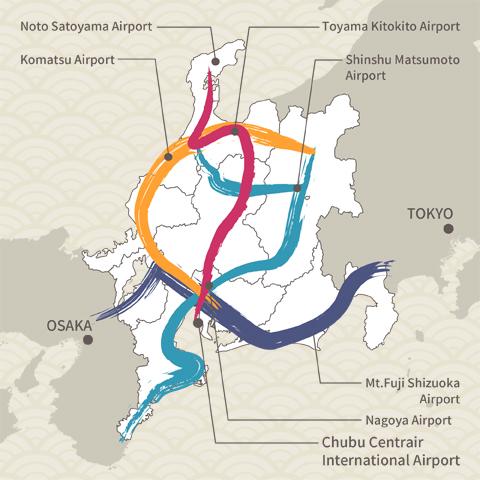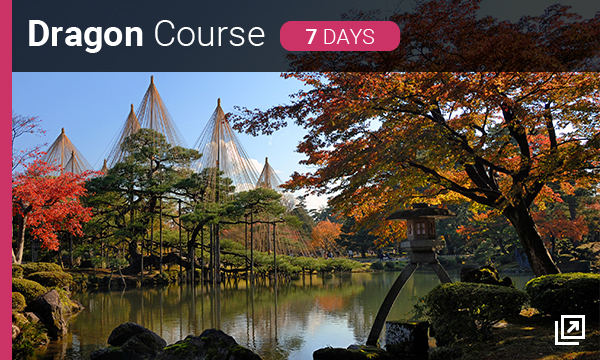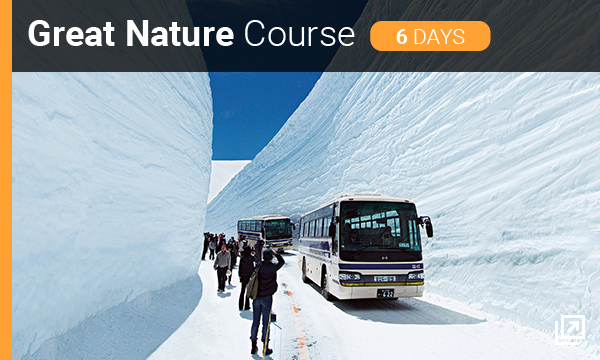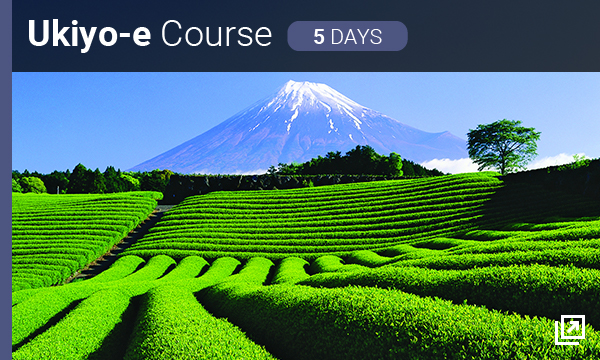Hakusan Heisenji Shrine


Recommended activities and seasons


Encounter History and Tradition:Historic building
Get Some Exercise:Hiking

Spring / Summer / Autumn
On the way to Mount Hakusan, visit the pilgrimage route Echizen Zenjodo.
The temple of Heisenji was established approximately 1,300 years ago at the entrance to the Echizen pilgrimage route to the sacred Mount Hakusan (elevation 2,702 meters). The pilgrimage route leads to Mount Hakusan from the rear of the Sannomiya at Heisenji and is called the Echizen Zenjodo. It is one of the 100 Historical Roads of Japan. In the medieval period, thirteen lodges were established between Heisenji and the summit of Mount Hakusan, and many pilgrims climbed the mountain, but today only portions of the route still exist.
Heisenji was a base station for Mount Hakusan pilgrimages, and within its precincts were dozens of halls and shrines, along with thousands of monks’ residences. However, in the late 16th century the entire temple was burned to the ground during the Echizen uprising, and almost nothing remains from its early days. The central portion of the grounds was restored by the beginning of the Edo Period. In 1870, the traditional commingling of Shinto and Buddhism was eliminated, and the formal separation of Shinto and Buddhism led to the abolition of the Heisenji name, with the area being renamed Hakusan Shrine. The area around the main worship hall is a broad expanse of shimmering green moss that takes one’s breath away. When a shaft of sunlight penetrates the deep stand of Japanese cedars and strikes the moss below, one truly feels the sacredness of nature.
Walk the entrance path, lined with stones brought there by hand by ascetic monks.
The old entrance path to Heisenji is called the Chugu Heisenji Sando and is one of the 100 Great Roads of Japan. The stone-paved path is surrounded by ancient trees, including Japanese pear, sala , and beeches more than a thousand years old. The stones themselves are precious, having been carried there by hand from the banks of the Kuzuryu River by ascetic monks. The characters of the Lotus Sutra are inscribed on the undersides of the stones, and it is said that the monks chanted the sutra as they laid the stones in place.
After it was completely burned to the ground, Heisenji was partially rebuilt, but its scale in its heyday was ten times that of the present-day Heisenji Hakusan Shrine. Many relics remain within the grounds, and an archeological excavation was started in 1989. The scale of the relics turned up by the excavation, and their state of preservation, were determined to be of national importance, and approximately 200 hectares within the precincts were designated as a National Historic Site. As you feel the texture of this thousand-year history, pause to focus your thoughts on the former prosperity of the Heisenji.
Hakusan Heisenji Shrine
Address |
Heisenji, Heisenji-cho Katsuyama, Fukui Prefecture |
Hours |
Visitors can freely enter the shrine precincts |
Closed |
Open daily |
Cost |
Free of charge Visitors are charged 50 yen to enter (reservations required) Kyugensei-in Teien (National Site of Scenic Beauty) |
Phone |
Heisenji Hakusan Jinja Office 0779-88-1591
Katsuyama City Sightseeing Policy Division 0779-88-8117 |
Access |
By car from Echizen Railway Katsuyama Sta., about 10 min
By Katsuyama-shi Community Bus from Echizen Railway Katsuyama Sta. to Heisenji Jinja-mae, about 30 min (Community Bus operates only on Sundays and holidays and is unavailable during winter period.) |
Web site |
http://heisenji.jp/ |


Other Spots

-

Kurobe Gorge

Toyama

Natural Scenery
Onsen
Exercise
Spring
Summer
Autumn
-
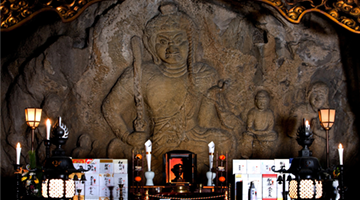
Oiwasan Nissekiji Temple

Toyama

Natural Scenery
History and Traditions
Onsen
Spring
Summer
Autumn
-
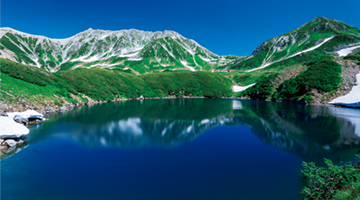
Tateyama Kurobe Alpine Route

Toyama

Natural Scenery
History and Traditions
Onsen
Exercise
Spring
Summer
Autumn
-
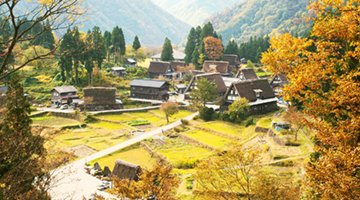
Gokayama

Toyama

History and Traditions
Spring
Summer
Autumn
Winter
-

Shirayama Hime Shrine

Ishikawa

Natural Scenery
History and Traditions
Exercise
Spring
Summer
Autumn
Winter
-
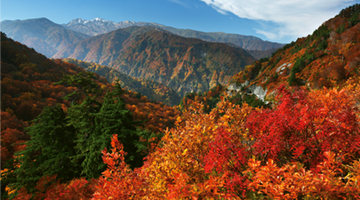
Hakusan Shirakawa-go White Road

Ishikawa

Natural Scenery
Exercise
Spring
Summer
Autumn
-
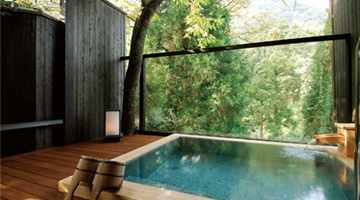
Kaga Hot Spring Village

Ishikawa

Onsen
Spring
Summer
Autumn
Winter
-

Eiheiji Temple

Fukui

History and Traditions
Spring
Summer
Autumn
Winter
-
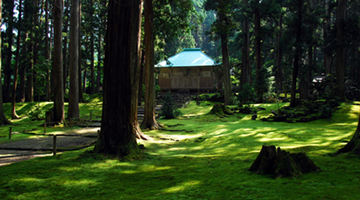
Hakusan Heisenji Shrine

Fukui

History and Traditions
Exercise
Spring
Summer
Autumn
-
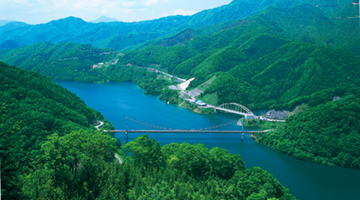
Lake Kuzuryu

Fukui

Natural Scenery
Spring
Summer
Autumn
-
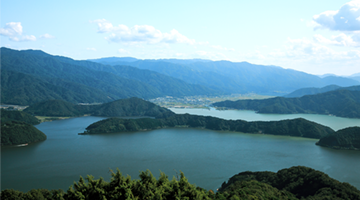
Rainbow Line Summit Park

Fukui

Natural Scenery
Exercise
Spring
Summer
Autumn
Winter
-
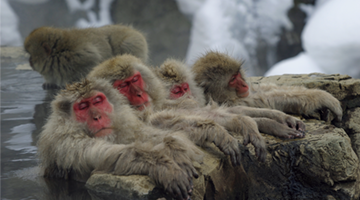
Jigokudani Yaen-Koen

Nagano

Natural Scenery
Spring
Summer
Autumn
Winter
-
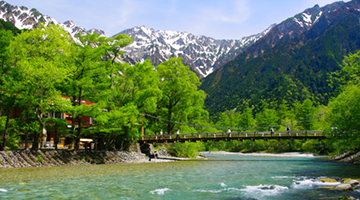
Kamikochi

Nagano

Natural Scenery
Exercise
Spring
Summer
Autumn
-

Togakushi Kodo

Nagano

Natural Scenery
History and Traditions
Exercise
Spring
Summer
Autumn
Winter
-
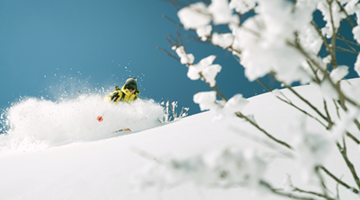
HAKUBA VALLEY

Nagano
-

Heavens Sonohara

Nagano

Natural Scenery
Exercise
Spring
Summer
Autumn
Winter
-

Akasawa Natural Recreational Forest

Nagano

Natural Scenery
Exercise
Spring
Summer
Autumn
-
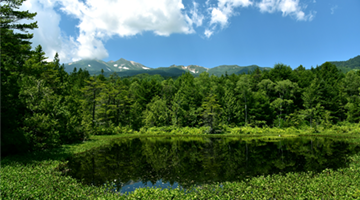
Norikura Highlands

Nagano

Natural Scenery
Onsen
Exercise
Spring
Summer
Autumn
Winter
-
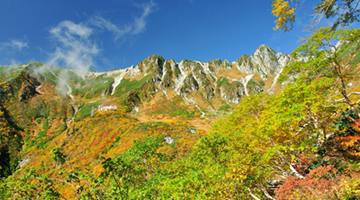
Senjojiki Cirque

Nagano

Natural Scenery
Exercise
Spring
Summer
Autumn
Winter
-
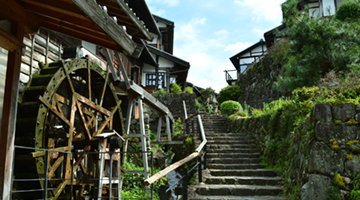
Magome-juku

Gifu

Natural Scenery
History and Traditions
Exercise
Spring
Summer
Autumn
Winter
-

The Waterfalls of Osaka

Gifu

Natural Scenery
Exercise
Spring
Summer
Autumn
Winter
-
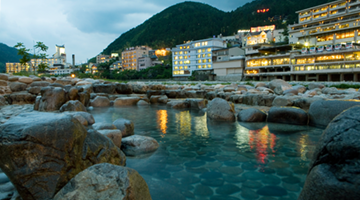
Gero Onsen

Gifu

Onsen
Spring
Summer
Autumn
Winter
-
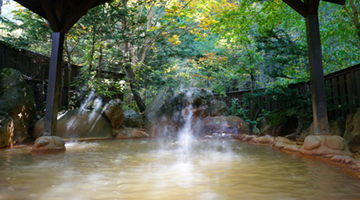
Okuhida Hot Spring Village

Gifu

Onsen
Spring
Summer
Autumn
Winter
-

Shinhotaka Ropeway

Gifu

Natural Scenery
Onsen
Exercise
Spring
Summer
Autumn
Winter
-
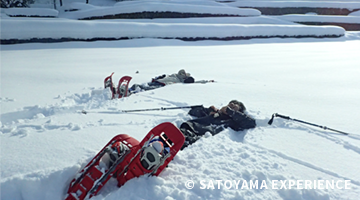
SATOYAMA EXPERIENCE

Gifu

Natural Scenery
Exercise
Spring
Summer
Autumn
Winter
-

Yoro Park

Gifu

Natural Scenery
Exercise
Spring
Summer
Autumn
Winter
-
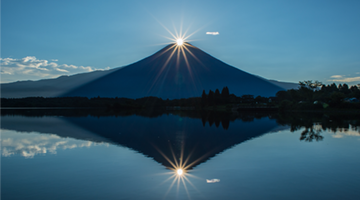
Mount Fuji

Shizuoka

Natural Scenery
History and Traditions
Exercise
Spring
Summer
Autumn
Winter
-
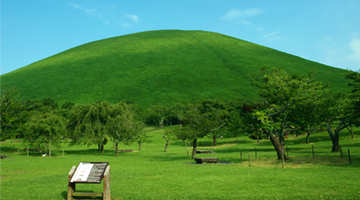
Izu Peninsula Geopark

Shizuoka

Natural Scenery
Exercise
Spring
Summer
Autumn
Winter
-
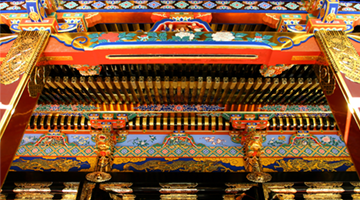
Kunozan Toshogu Shrine

Shizuoka

History and Traditions
Spring
Summer
Autumn
Winter
-
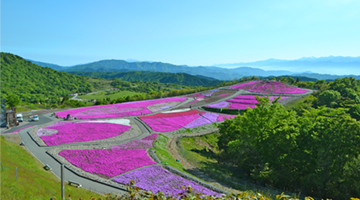
Chausuyama Highlands

Aichi

Natural Scenery
Exercise
Spring
Summer
Autumn
Winter
-
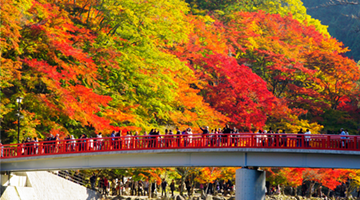
Korankei Gorge

Aichi

Natural Scenery
Exercise
Spring
Summer
Autumn
-
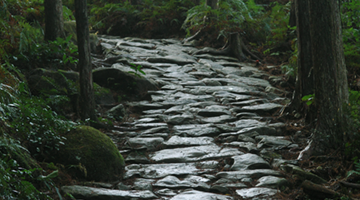
Kumano Kodo Pilgrimage Routes

Mie

Natural Scenery
History and Traditions
Exercise
Spring
Summer
Autumn
Winter
-

Mount Asama

Mie

Natural Scenery
History and Traditions
Exercise
Spring
Summer
Autumn
-
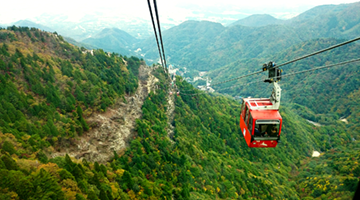
Mount Gozaisho

Mie

Natural Scenery
Exercise
Spring
Summer
Autumn
Winter
-
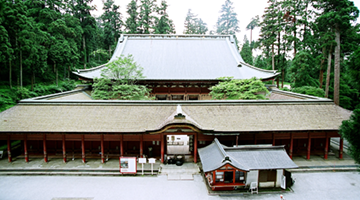
Enryakuji Temple on Mount Hiei

Shiga

History and Traditions
Spring
Summer
Autumn
Winter
-
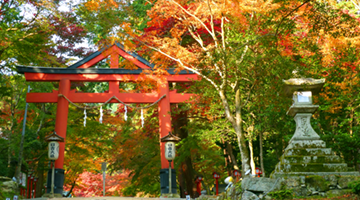
Hiyoshi Taisha Shrine

Shiga

History and Traditions
Spring
Summer
Autumn
Winter
-
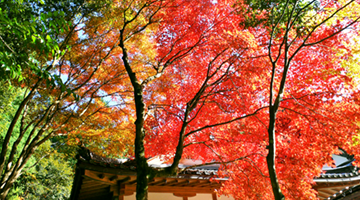
Kotosanzan

Shiga

History and Traditions
Spring
Summer
Autumn
Winter

See Other Routes

The Four Shoryudo Routes
















